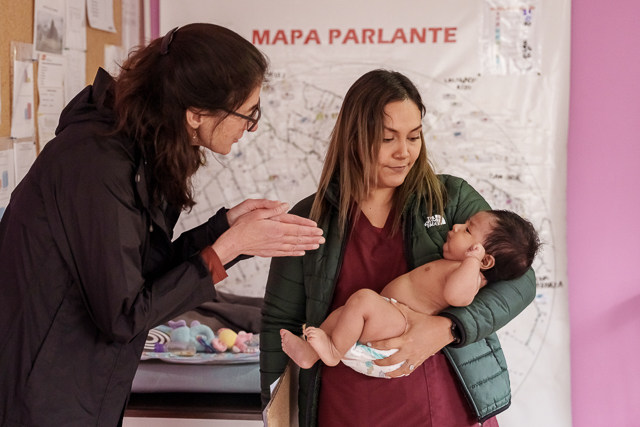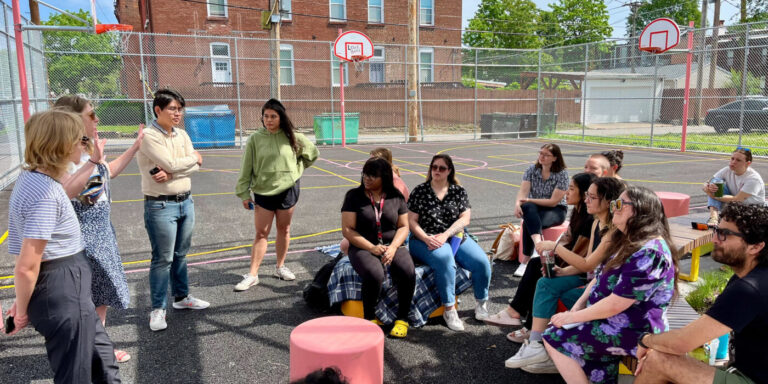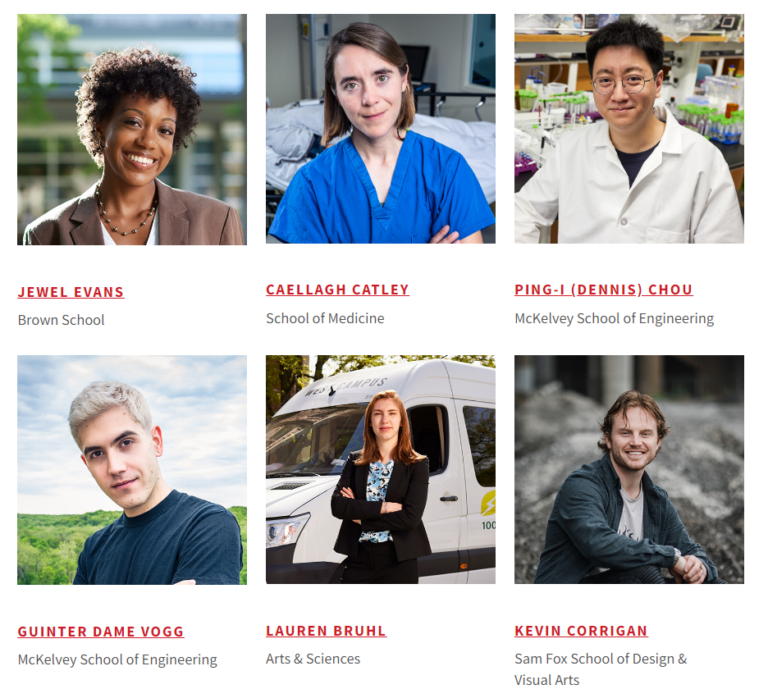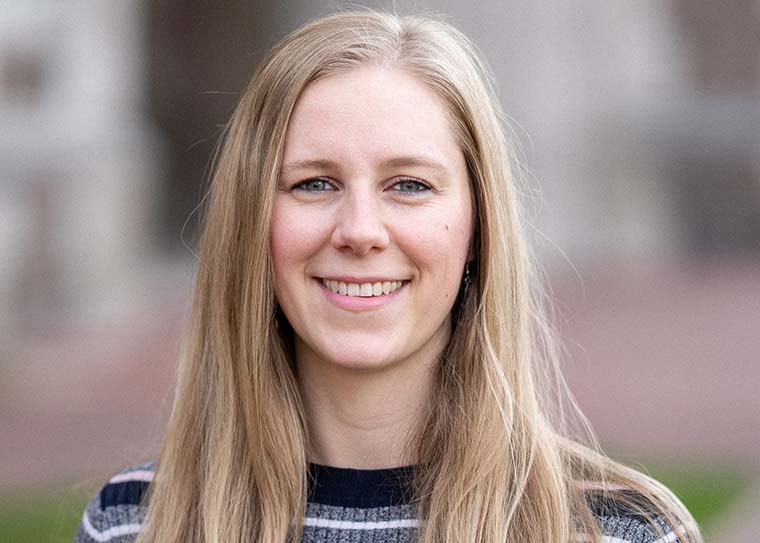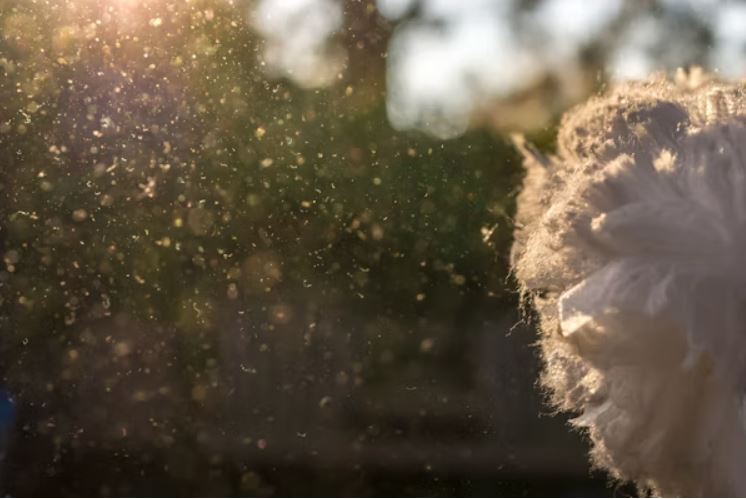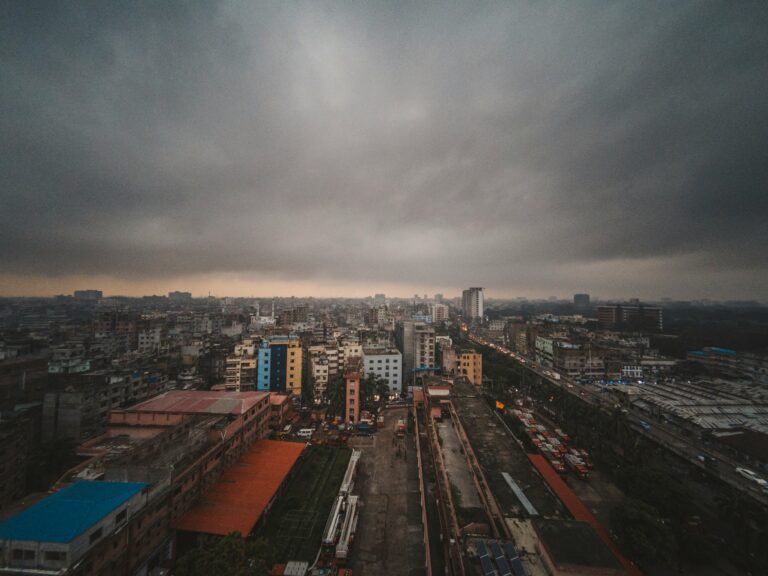Can we improve the way the world eats?
Iannotti and her E3 Nutrition Lab at WashU investigate maternal and child nutrition by examining the impact of nutrient-rich foods that are locally sourced and affordable.
Artificial intelligence meets cartography
Graduate students in Nathan Jacobs’ lab presented mapping tools to create satellite images from text prompts at EarthVision 2024.
Brown School students engage with St. Louis neighborhoods
Brown School students in the “Community Development Practice” class engaged with community partners and contributed to hands-on projects to improve neighborhoods in south St. Louis.
Class Acts: Guinter Dame Vogg
McKelvey Engineering student says bold climate solutions demand engineering innovation, geopolitical acumen
Class of 2024: Committed to climate solutions
The climate crisis demands immediate action; the rapidly expanding climate sector demands highly educated leaders; and students demand an education that prepares them to tackle what they say is a top priority.
Astronomers share climate-friendly meeting solutions
Andrea Gokus, a McDonnell Center postdoctoral fellow in the Department of Physics in Arts & Sciences at WashU, is advocating for a reduction of emissions associated with air travel to professional conferences.
Role of indoor dust on indoor environmental air quality gets closer look
Jenna Ditto to study dust chemistry transformations, impact of exposure to humans
Global study reveals health impacts of airborne trace elements
Researchers led by Randall Martin investigate global particulate matter, revealing health risks from trace elements.
WashU Expert: Tremor a reminder that East Coast, Midwest earthquake threat is real
A magnitude-4.8 earthquake beneath New Jersey shook the northeastern United States at 10:23 a.m. Eastern April 5. The seismograph at WashU’s Rudolph Hall recorded this event. Douglas A. Wiens, professor of Earth, Environmental, and Planetary Sciences, shares.
Masteller wins NSF CAREER award
Claire Masteller, assistant professor of Earth, Environmental, and Planetary Sciences, has won a prestigious National Science Foundation award for a study that will look at the erosive power of ocean waves on rocky coastlines.
